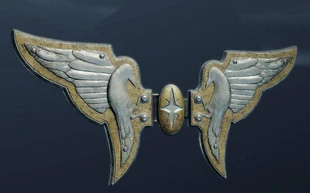Is Macro Worth It?
Modelling high-poly models for objects that would otherwise be rather insignificant assets is not standard industry practice so I want to explore what makes this style of modelling worth the extra hours, production cost and game engine capabilities.
As a 3D Artist, I would love to create assets as detailed as possible but when modelling for games this is not always feasible. If these assets are going to be part of a game's environment there are limitations to how many polygons can be in an area at once meaning that smaller assets get only a small amount of that total limit. Equally, would a games studio with a deadline and budget believe that these resources could be spent better elsewhere? Important items within the game; however, I feel should be given the detail they require.
Whether these important items come in the form of a tool within the game, as a solution to a puzzle or a gateway to a deeper knowledge of the lore, I believe these can all be worthy of a high-poly model when implemented correctly. I do not think that modelling with such detail for the sake of a collectable is worth it but if that collectable can serve a purpose, I think studios are more likely to view this as a good use of resources.
Highly detailed models, such as the collectables within Shadow of Mordor/War, would look out of place within the world if they were visible so they represent them as a shining light which can only be seen when switching to the 'wraith' view. This allows the object to be viewed in a menu completely separate from the world around it and therefore removing the limitations of a poly-count. These collectables then serve a purpose by deepening the player's knowledge of the world, by providing them with audio dialogue lore. As an added bonus, players who are hardcore fans of this universe will not only appreciate the interesting lore but be able to admire the intricate high-poly model which could play a hand in boosting reviews and ratings. Certain items could also generate more profit post-production by turning some of the assets into real-life merchandise for players to buy and to admire in person, which not only increases profit but improves consumer reception as well.






Comments
Post a Comment